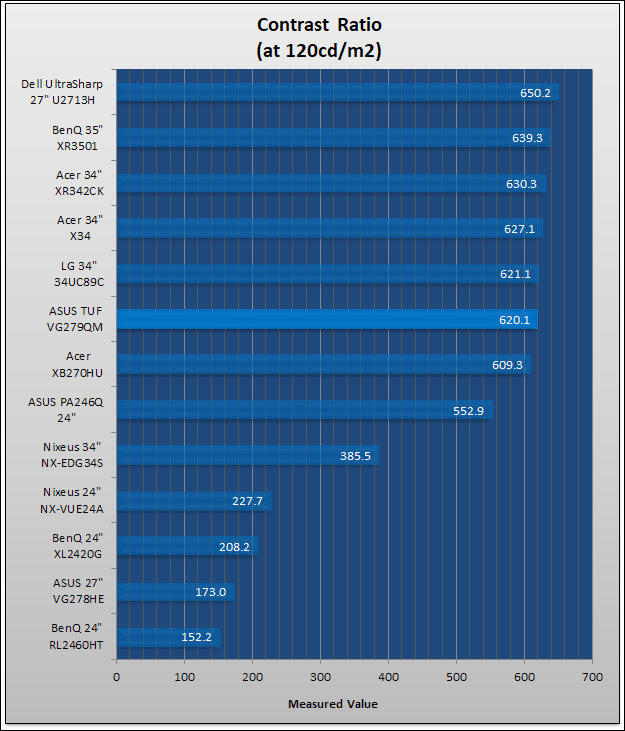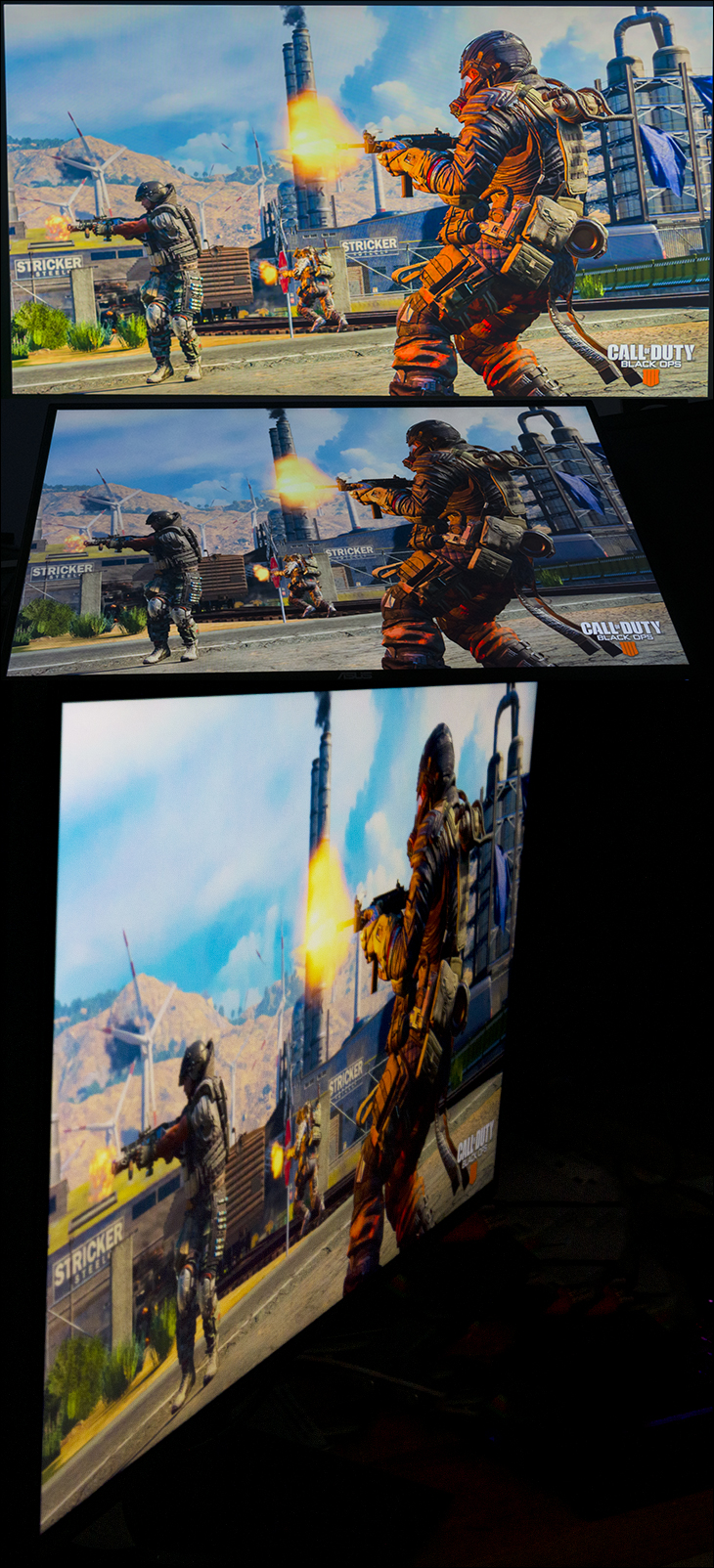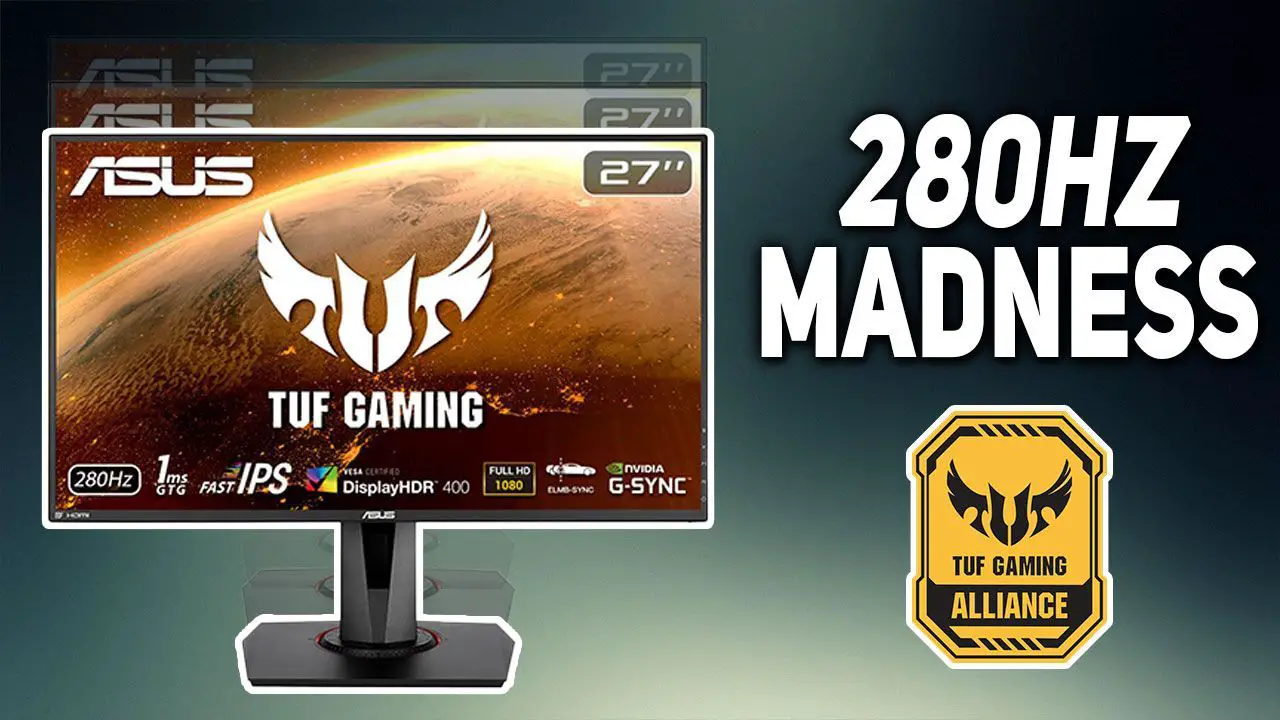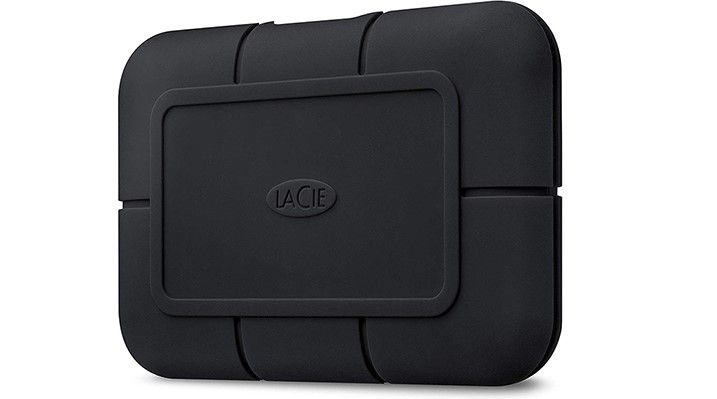Default Gamma
‘Gamma’ or more accurately gamma correction is a nonlinear operation used to encode and decode luminance in images (moving or still). Put simply it is responsible for making blacks… black and whites appear as white. The default for PCs is 2.20 and is thus the gold standard of what a panel should be set at the factory – as any variance will result in oversaturated blacks (aka underexposed… aka ‘black crush’) or blown out highlights (aka ‘overexposed’). While 2.20 is perfect, a minor variance of 0.1 (aka plus/minus 0.05) will most likely not be noticeable to the average user. Anything above this level of variance will be considered a failure… even if the new DCI-P3 standard uses 2.6.

Contrast Ratio
The maximum contrast ratio a panel is capable of plays just as large a part in overall image quality as gamma. Put simply the more gradients, or shades, between purest white and blackest black there are, the better the panel. The most noticeable difference between a good and poor panel contrast ratio will be in the ‘depth’ of shadows it can display. Excluding marketing ‘dynamic contrast’ spin, a good panel will boast a contrast ratio in the hundreds. For TN we consider 125 to be ‘good enough’, 150 to be good, and above this to be excellent. For IPS we consider 400 to be ‘good enough’, below 500 to be good, and above 500 to be excellent. VA will fall somewhere between these extremes but should be above 300 to be considered excellent.

Viewing Angles
The fact of the matter is LCD technology is meant to be viewed straight on. When viewed from an angle the perceived contrast ratio and even color accuracy decreases in direct proportion to the angle. I.E. The more extreme the angle the worse images will appear to the viewer.
To help give you an idea of what a given monitor can do when viewed from either above, or the side we have included pictures from what we consider the maximum viewing angle possible before this phenomena becomes blatantly obvious.












